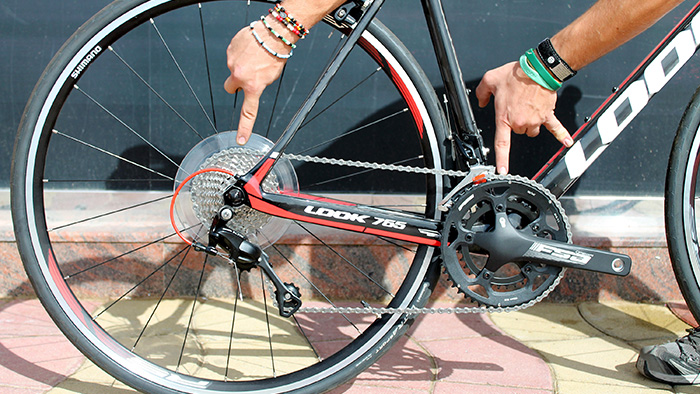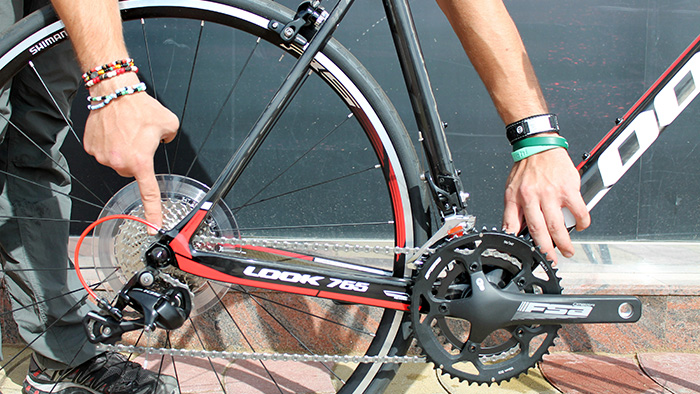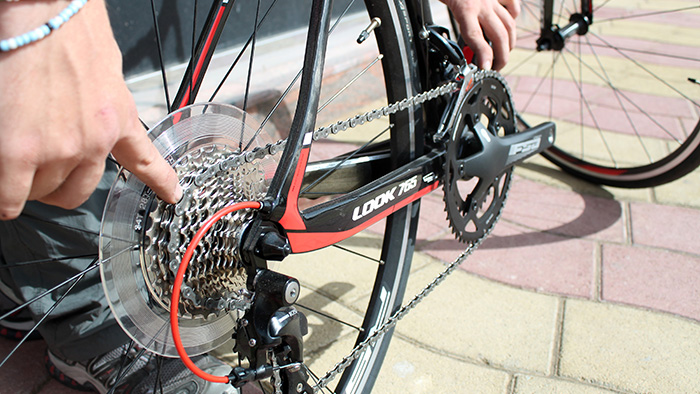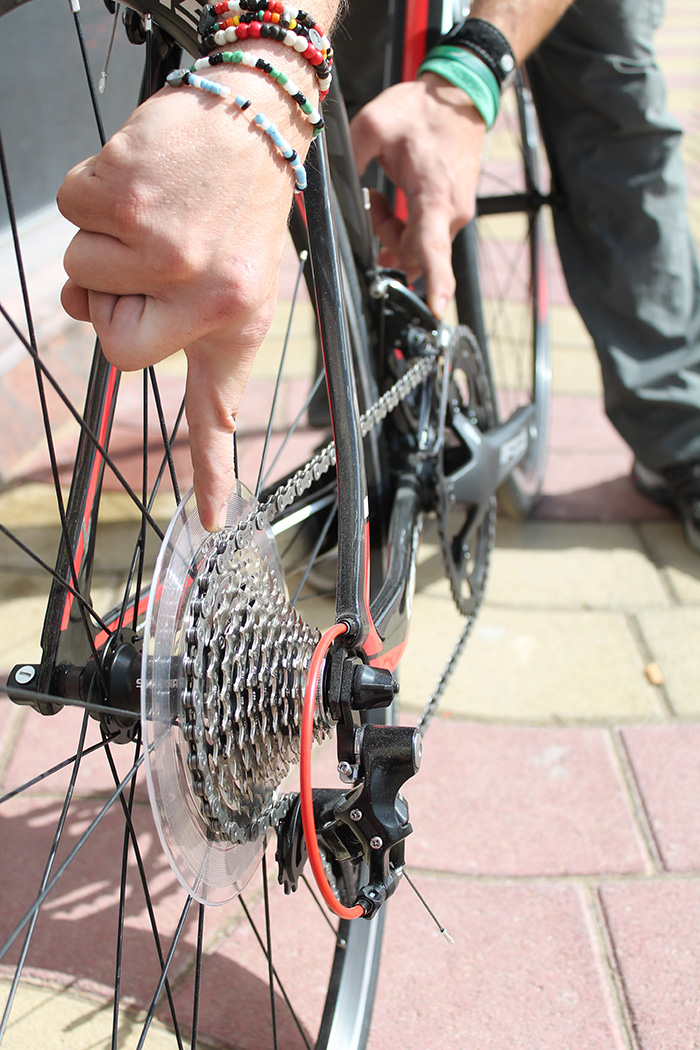One of our most common complaints and comebacks in the workshop is the common and dreaded “cross chain”. This is a simple and innocent mistake most new cyclists make and assume its poor gear setup by the store. So here it is in a nutshell.
Cross chaining is when your chain runs at extreme angles from the chain ring to the cassette which causes that grinding noise that everyone hates. Not only is it noisy but it causes excessive component wear. Cross chaining used to be a big industry no-no, however has become more and more expected. This however does not make it mechanically ideal.
Why not Cross Chain?
- Cross Chaining causes additional stress on the drivetrain components causing additional wear on the chain rings as well as on the chain and cassette gears resulting in power loss (power going to wearing out your parts instead of propelling you forward)
- Chain length must be longer to accommodate complete cross chaining (small to small and big to big).
- The extra chain slapping around (in the small to small) cross chain condition can cause skips or other problems, because many derailleurs won’t provide the full range of motion required.
Some bikes experience this worse than others, depending on what the specified chain line is but most will rub and grind on the chain rings and front derailleur as shown below, where this is a good indication of the cross chaining most bikes experience.
In general, is advisable to make use of the smaller 3/4 of the cassette with the big ring, and the larger 3/4 of the cassette with the small ring.
Obviously, in order to get to the easy ratios, this requires shifting both the front and back derailleurs at the same time. That’s not hard when you try it a few times, but we’ve found it’s not the natural tendency for most people until they are introduced to the idea. After trying it a few times, it becomes so easy and natural. To get into this ideal ratio, you back off the power for a split second, make both shifts, and back on the power without missing a beat. Incidentally, the shifts tend to be easier and quicker when there is a dynamic change in the chain — like both derailleurs moving at the same time. This is a far better approach than cross chaining, and definitely a better option than abusing the drivetrain. After all, you’re putting out the power — make it go to the ground rather than to wearing out parts.
Straight Chain vs Cross Chaining
The above pictures are taken at a very similar angle, yet the bike on the right looks askew. That’s because it is cross chaining. The photo on the left however, shows the bike with a very straight chain line. In other words, the chain is parallel to the bike, so it looks (and rides) like normal.
The following pictures give a better indication of the havoc cross chaining can cause:
The Big/Big Combo – A Bad Idea!

This one shows how stretched the rear derailleur is when riding in the big/big combo:
(Big chain ring and big rear cog.)
The Little/Little Combo – Another Bad Idea!

And this shows the rear derailleur doubled-back on itself because there is too much slack in the chain, caused by riding in the little/little combo: (Small chain ring and smallest rear cog.
The Moral of the Story: Do Not Cross Chain!
Trimming your Gears
If you really have to cross chain there is a trick to reduce the noise of the chain grinding your front derailleur.
This is referred to as the trim in bike shop but also as the “half click”.When cross chaining simply click your left STI (only road shifters) half a shift up. You will feel a light click and the derailleur will move over a few millimetres to allow the chain room to move by without contact.
For more info, please call or email: +971 4 3697441 | Info@rcdxb.com
Address: Revolution Cycles Dubai, Shop 5, Apex Atrium, Motor City, Dubai, UAE



